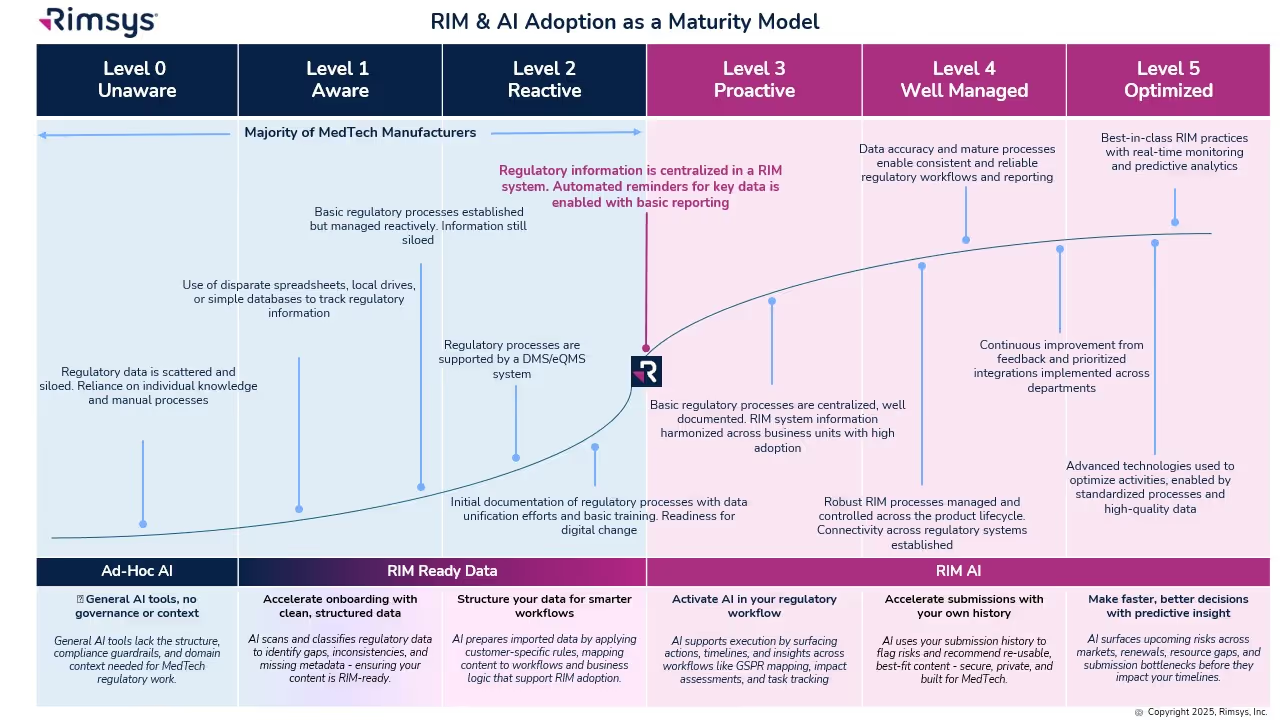Medical Devices: Comparing standards, regulations, directives, guidance, and laws

The energy sector, the financial sector, and the healthcare sector are some of the most heavily regulated sectors out there due to the possibility of significant risk to consumers in those industries. In particular, the healthcare sector is regulated to ensure that only the highest quality care is provided to patients and that medical devices are optimized for safety and efficacy.
In the world of Regulatory Affairs, words such as “standards” and “regulations” are used frequently. While they can be rather similar, they do have different meanings in different situations. Let’s explore their definitions and meanings when being used by medical device regulatory affairs professionals.
In general, legislative bodies pass laws, government agencies develop regulations to implement the laws, and industry groups and organizations create and approve standards.
Medical Device Standards
Standards refer to industry standards that device manufacturers use to design, develop, and manufacture safe medical devices. Standards help to demonstrate safety, manage risk, and to achieve regulatory compliance. Harmonized standards are used, when possible, to make working across borders easier.
Example: ISO, IEC, and UL are all examples of industry standard organizations that develop standards to help guide manufacturers on safe design, development, and manufacturing of quality products.
Standards are:
- Technical documents
- Driven by the need for a consensus
- Crafted by experts
- Approved by peers within the industry
Medical Device Laws
Laws are created by the government, as are regulations, but the two are different. Regulations are the practices which need to be followed to ensure that the law are followed.
Example: Criminal laws, civil laws, federal laws, international laws, etc.
Laws are:
- Rules created by the government
- Designed to regulate commercial and business transactions
- Legal rules that apply to all members of society and/or institute
- Not changed frequently
Medical Device Regulations
Regulations are the process of monitoring and enforcing established government rules and laws.
Example: The EU implemented the Medical Device Regulation (MDR) Regulation EU 2017/745 for all its member states. This regulates the clinical investigation and sale of medical devices for human use. If you want to sell a medical device in the EU, it must be designed, developed, and manufactured according to this regulation.
Regulations:
- Define processes for the monitoring and enforcing the laws
- Provide a consistent method to ensure laws are followed
- Are known to change often and without notice
Medical Device Directives
In Europe, Directives are legal acts of the European Union. Directives comply with the EU's desire for subsidiarity and acknowledges that different member states have different legal systems, allowing each member state the leeway to choose its own statutory wording.
Directives:
- Are legal acts set up by the European Parliament and Council .
- Require member states to uphold the acts without dictating specific processes.
- Allow member state to have flexibility as to how the rules are to be adopted.
Medical Device Guidance
Guidance documents are designed by federal and/or regulatory agencies, such as the FDA and European Union, and are meant to help further explain or provide clarity on existing rules.
Example: The FDA provides many guidance documents to help medical device manufacturers better understand the rules and regulations governing the safe design, development, and manufacturing of medical devices.
Guidance documents are:
- Designed by federal and regulatory agencies
- Intended to help people better understand legal rights and obligations
- Not designed to be enforceable under law
Medical Device Policies
A policy defines how an institution should execute a regulation. While it’s not against the law to not follow policy, failing to follow the policy can result in situations that cause an organization to operate outside of the law. The government creates regulatory policies to ensure that industries operate in a sustainable manner and that any risks are minimized (i.e., foreign policy, economic policy, ethics policy, environmental policy, etc.).
A Policy is:
- How an institution interprets and implements regulations.
- Is meant to execute a regulation, depending on an institution’s size, complexity, location, and other factors.
- Helpful in providing people with guidelines for making day-to-day decisions.
As you can see, there are many different rules, regulations, etc. that need to be considered and followed, and they can sometimes be intertwined. When developing and selling medical device equipment, it’s very important for regulatory affairs teams to understand how each needs to be followed. You also need to be aware of the constant changes, especially when doing business in more than one country. A regulatory information management system is a great place to start to ensure the security of your products – no matter where they are being distributed and sold.
Similar posts







.avif)

